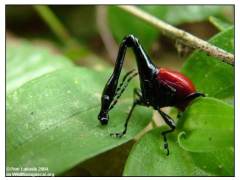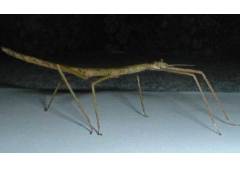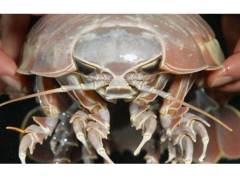Welcome to the last practice class in this course. This time the topics are: affirmative and negative past tense, past tense questions and quantifiers. Take a look at the examples and get ready to answer the questions at the end.
Topic No.1: Affirmative and negative past tense.
Examples:
They went to the party.
I bought a blouse.
Chris cooked dinner.
To change these statements to negative past tense, we add did not before the main verb. And we write the main verb in present tense. Like this:
Subject + did not + present tense verb + complement.
Examples:
- They did not go to the party.
- I did not buy a blouse.
- Chris did not cook dinner.
A past tense statement uses a past tense verb. But when we change that statement to the negative form, we change the main verb to present tense.
The same thing happens with questions. If we use the same examples we have the following:
They went to the party.
Did they go to the party?
I bought a blouse.
Did I buy a blouse?
Chris cooked dinner.
Did Chris cook dinner?
This is how we write questions in past tense:
Did + subject + present tense verb + complement
This kind of question can only give us a Yes or No answer. So we call these ‘Yes/No questions.”
The last part of this publication is quantifiers. We talked about them in previous lessons but here are a few examples:
She has many friends.
The refrigerator has a few tomatoes.
There isn’t any milk.
Do you want some coffee?
Remember that we use many and a few for countable nouns, like shoes, potatoes, tomatoes, cars and other objects that we can count.
And we use a little and much for non-countable nouns, like sugar, rice, air, water or wind. If we put non-countable nouns in container, they become countable.
Examples:
Many waters –incorrect.
Much water- correct.
A bottle of water- correct.
A few time- incorrect
Five hours-correct.
Some time- correct.
A little time- correct.
Notice how you can write with countables and non-countables. Check the examples and compare with the previous lessons if you want. This lesson is for practice only, so you will notice that explanations are short and there aren’t many examples.
Double check anything that you need and get ready for the questions.









